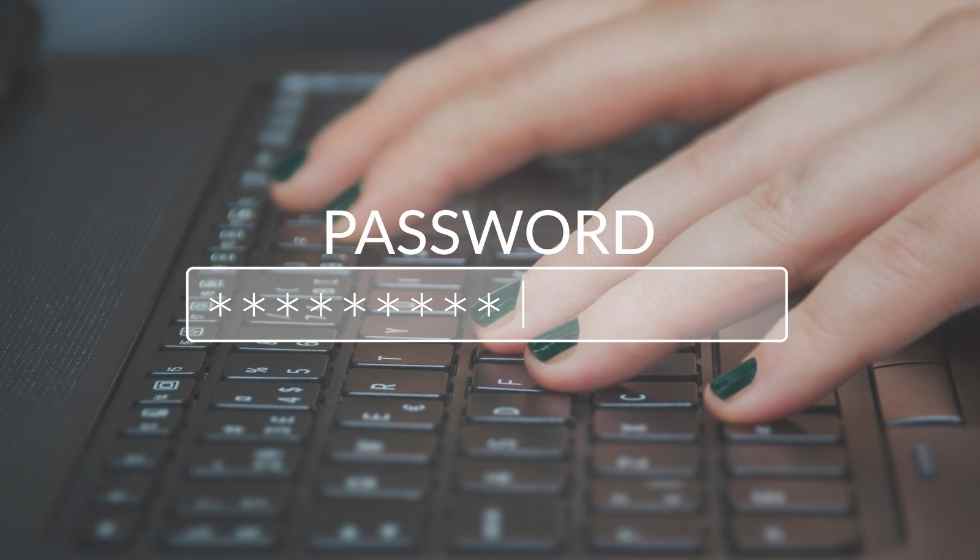LastPass provides a secure vault to manage all your passwords. Even though the service has suffered from external attacks that have compromised its source code and other technical information, the company has kept user information safe.
This is good news for those who already use the critical storage service and want to try LastPass.
LastPass is a Vault for all your Passwords
Are you among the latter? Stay tuned if you’re thinking of getting started with LastPass Password Manager. This comprehensive guide shows you how to get started with the platform, what options are available to you to customize your experience, and how to get more out of your secure vault. Do not miss it!
Getting Started with LastPass
We give the starting signal knowing the first steps you must take to start in LastPass. Let’s meet them together.
Create an Account
This article is posed for those who have never signed up for LastPass. If you were already a user of this manager in the past, log in with your account and skip to the next section of the guide.
In case you need to create a new account, do it like this:
Go to the official LastPass website and Click Get.
Enter the required data. Keep in mind that at this point, you will create the master password, that is, the one that gives access to all your other keys.
When you’re done, click Sign up, it’s free.
You now have a LastPass account. In your inbox, you will receive an email for you to enter the service and open your password manager vault.
Installing LastPass in the browser
After creating a new LastPass account, you will receive the following invitation:
Clicking Install LastPass will download the corresponding extension to your browser. The web perfectly detects your browser and redirects you to the most appropriate store. In our case, we are running the procedure from Chrome and thus opened the chrome web store.
Even so, you should know that LastPass is compatible with the following systems and browsers:
Knowing the Extension
By now, you should install LastPass in your browser. If you follow the instructions, you will automatically have your account configured in the extension.
What elements of the browser extension should you know about?
Open my vault: Open the password manager vault. You will see all the keys according to the website to which they are related.
Used them recently used them—list of passwords and other items that have been recently entered.
All items: Section to see everything in your account by category. Keep in mind that in LastPass, it is possible to save, in addition to passwords, addresses, notes, payment cards and bank accounts.
Add item: A place to add any LastPass-compatible item. Click on this option to see all the available categories.
Generate a strong password—a tool to originate a secure password with various settings. You can ask that the password be a specific length, be easy to say or read, or include uppercase, lowercase, numbers, or symbols.
Security Dashboard: This is a premium functionality with which to assess your level of security by reference to saved passwords and other elements. It searches the Dark Web, such as the Tor network, to detect possible data leaks.
How to use LastPass step by step
Now you know a little more about LastPass and the characteristics of its service. In addition, you already know what you must do to register on the platform.
But how does LastPass work on a day-to-day basis? We show it to you in the following practical example.
- We’ll log in to our Instagram account and then save the password to LastPass.
- We enter the Instagram website and fill in the compacts with the username and password.
- If LastPass detects that the password is not stored, it invites you to keep it in the vault. Click on the Add a password button.
- When you log out of Instagram, we return to the login page. Clicking on the LastPass icon next to the text fields brings up the saved password picker.
- This simple way, passwords are stored in LastPass and retrieved when needed. This operation is identical in other browsers and devices.

